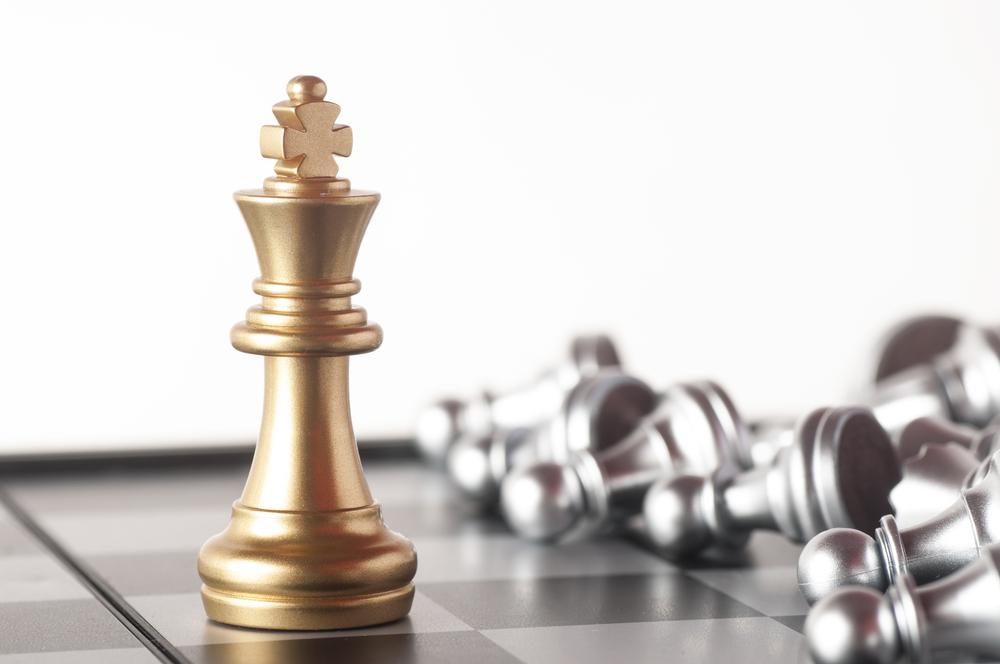
How To Lose A Move To Win The Game!
The concept of time in chess is one of the most difficult topics for young kids to grasp. While they have no trouble understanding how you can lose a piece, a pawn or the right to castle, the subject of losing time is usually confusing for them.
That's why the moves h2-h3 and a2-a3 are always popular in scholastic tournaments. Their unwritten rule says, "when you don't know what to do, push a rook pawn!"
There is another kids' favorite. I cannot tell you how many times I've seen kids playing a "maneuver" similar to the next one:
The usual explanation: "Well, I saw that I could pin the opponent's knight, so..."
I don't want to make fun of kids, since this concept can be difficult to grasp even for the world's finest players. Judge for yourself:
Sometimes you need to lose a tempo to win the game.
If you are not sure what "losing a tempo" in chess means, here is how Wikipedia describes it:
In chess and other chess-like games, a tempo is a "turn" or single move. When a player achieves a desired result in one fewer move, the player is said to "gain a tempo"; conversely, when a player takes one more move than necessary, the player is said to "lose a tempo."
So, now you see that Mir Sultan Khan could've played c7-c5 in one move. Instead he did it in two moves and therefore he lost a tempo. While losing a tempo in chess is mostly bad, sometimes you actually need to lose a tempo to win the game!
Here is a well-known example. Notice that if it were Black's turn to move, White would win instantly by invading to the b6=square with his king. But since it is White's turn to move, he needs to do the famous triangulation maneuver to lose a tempo.
This is a very tricky concept and therefore even very strong players get confused.
If you are wondering why Black agreed to a draw in a winning position, here is what Mark Dvoretsky says about it in his excellent Endgame Manual.
With his last move (1.Ke2-f2) Yudasin offered a draw, adding that this position was a well-known draw, which one might find in any book. His opponent, an international master and an experienced trainer (he trained Viktor Korchnoi for many years) believed him, and accepted his offer!
We will never know what Korchnoi told his trainer when he saw the result of this game. But fortunately we do know what Korchnoi told his opponent in a similar endgame.
In his book American Grandmaster, Joel Benjamin wrote:
As I sealed 57.Kd1, Korchnoi stood up and said: "I know something about triangles." With a feeling of dread, I looked to [Dmitry] Gurevich to enlighten me with his Soviet endgame education. After his explanation, I sheepishly resigned. "It is the ABCs of chess," he correctly stated.
It is funny that the same position happened in a recent tournament:
As you can see, losing time in chess is almost always a bad idea—except when such a loss of a tempo wins you a game!



